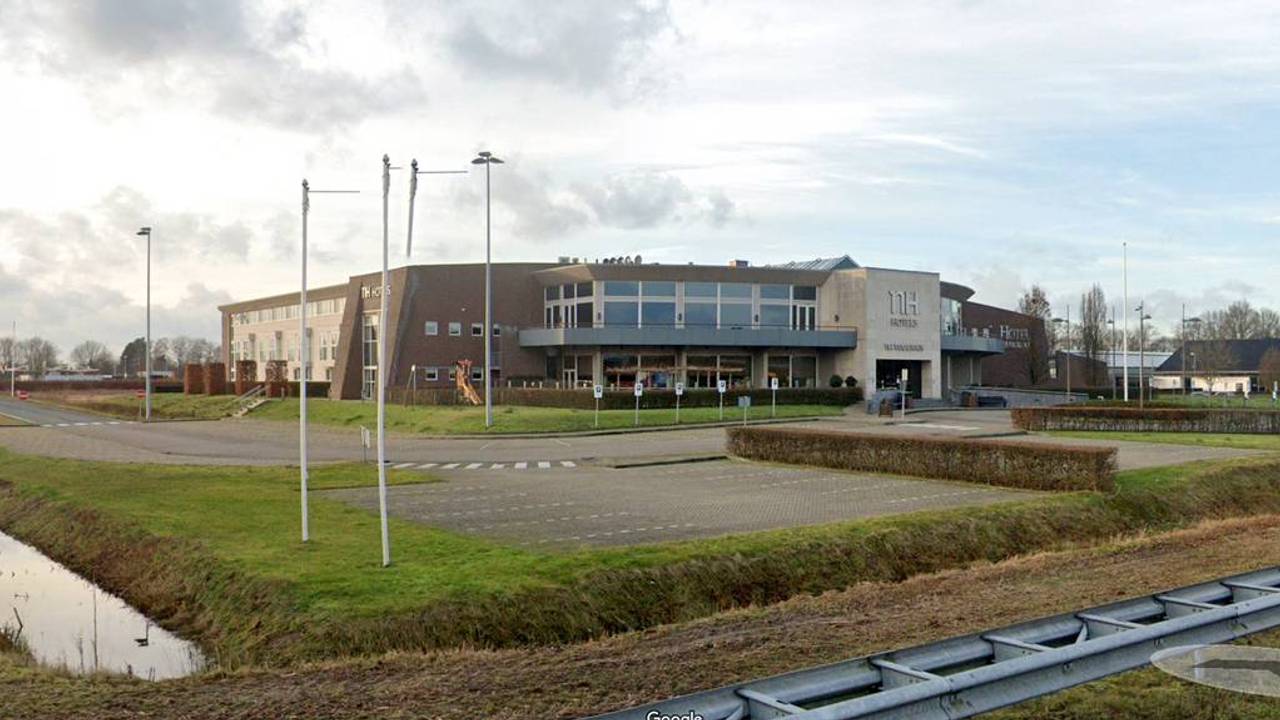There is a lot of seriousness about John Boyne’s sequel to the successful novel “The Boy in the Striped Pajamas”.
In “All that is destroyed” we meet a 91-year-old woman filled with guilt and shame over her and her family’s behavior during the Holocaust.
She is the older sister of Bruno, the boy in the striped “pyjamas”, who became world famous after the international bestseller – which was also filmed with great success.
The successful Irish author John Boyne has carved a neat story, diligently and in parts a fascinating plot with leaps between war and the aftermath. The language flows and makes the material easy to read in Tore Aurstad’s translation.
It’s London 2022.
Gretel is a widow, has a son, lives in the wealthy district of Mayfair and has lived with lies for all the years after 1945. Then a young couple with a child moves into the floor below. Why does the child often have injuries and bruises – and the mother too? Gretel’s life takes a turn with the arrival of the neighbor’s son, and the story takes off as Gretel slowly dares to face her past.
In “All that is broken” John Boyne embarks on a journey that can be quite tumultuous: to take up the story in an earlier book and unravel it further in a new one.
But it has been many years since the Norwegian publication of “The Boy in the Striped Pyjamas” (2006), and you can easily read the two books separately.
Gretel has for all these years hidden her German background and family history. The father was a notorious commandant of the Auschwitz extermination camp, and executed after the World War.
Her little brother tragically disappeared in the camp, and her mother and Gretel lied to themselves in the post-war period with a fabricated life story. First they try in Paris, the mother thinks she has found a husband who can provide for them, and Gretel thinks she has found a lover.
But the men have deceived them, they are from families that were affected by the war, and mother and daughter are mistreated and chased. In the 1950s, Gretel builds a life in Sydney, Australia. There she runs into her father’s young German assistant and Untersturmführer, with whom she was once in love and who has now gone into hiding, like herself.
Gretel follows him and his little son. Then it carries back to Europe.
The novel has many leaps between the past and the present. John Boyne slowly fills in the holes and lies Gretel lives with, towards his own son and future wife, the female neighbor who is 30 years younger – a secret there too.
Boynes depicts the pain older sister Gretel has lived with all these years after her little brother put on a striped ‘pyjama’ that his Jewish friend Shmuel was wearing.
This is not a heavy history book.
John Boynes has a good handle on the entertainment toolbox, both heart and pain, while also dealing freely with a wide range of dramatic historical and fictional events.
And serious topics such as responsibility, atonement and guilt can become overly superficial. It’s a lot at once. But Gretel’s last actions and the rounding off of the novel have taken a turn.
Reviewed by: Guri Hjeltnes


